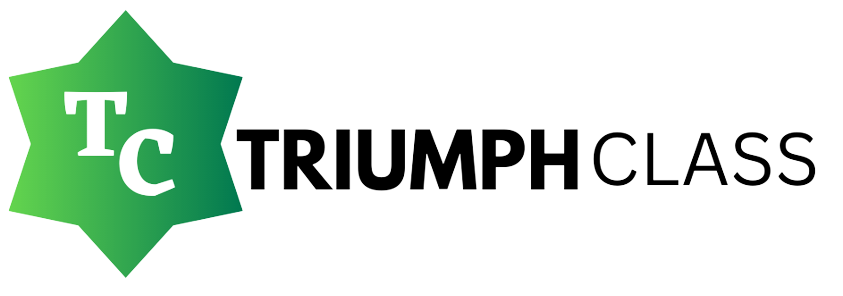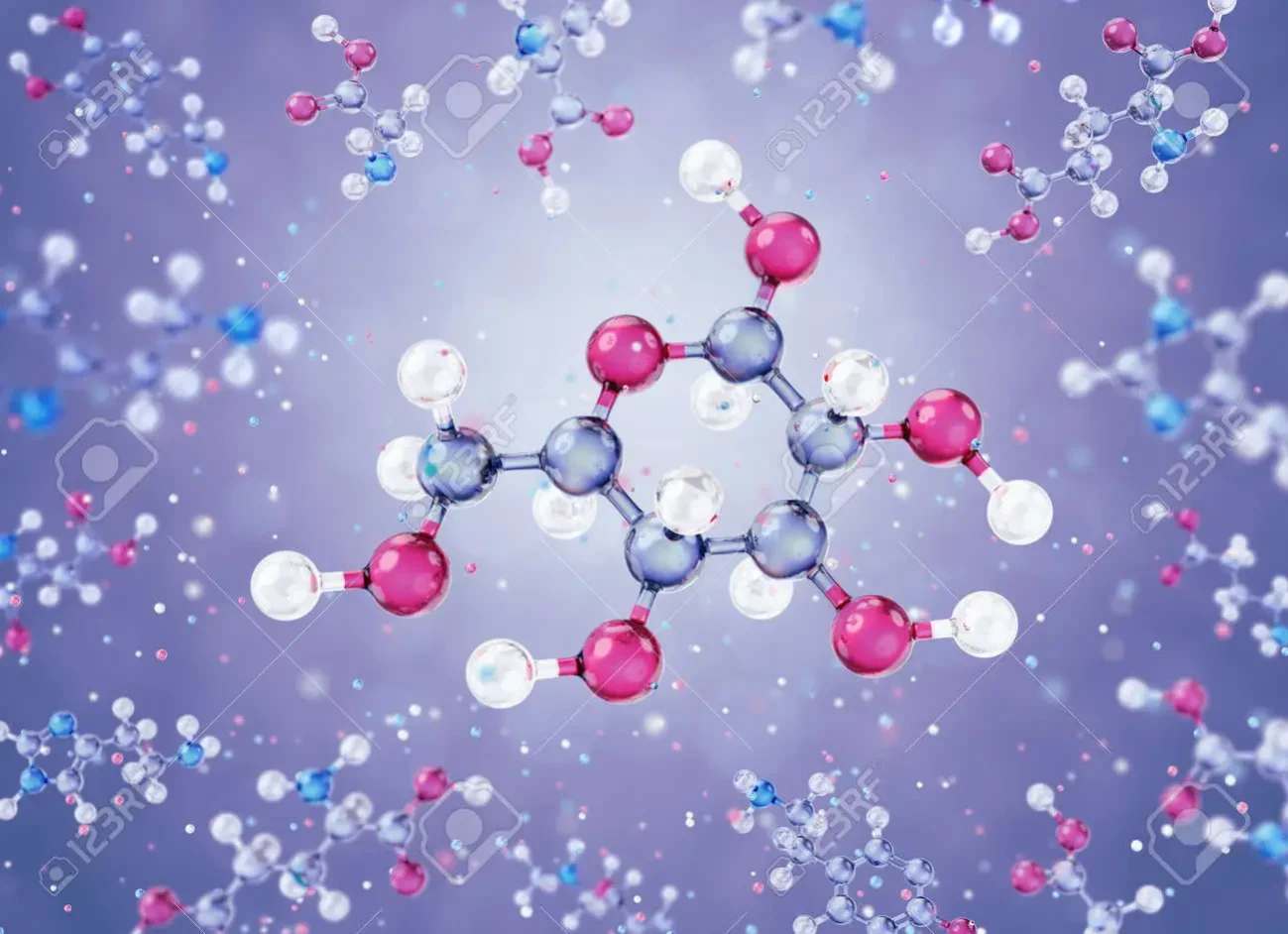ASCPi-CLINICAL CHEMISTRY
- Description
- Curriculum
- Reviews
-
1CARBOHYDRATES
"Carbohydrates are the major food source and energy supply for the body and are stored primarily as liver and muscle glycogen"
-
2PPT - CARBOHYDRATES AND DIABETES
-
3RECORDED LECTURE - CARBOHYDRATES METABOLISM
Among three general types of compounds that; carbohydrates are the primary source of energy for brain, erythrocytes, and retinal cells in humans. Carbohydrates are the major food source and energy supply for the body and are stored primarily as liver and muscle glycogen. Disease states involving carbohydrates are split into two groups—hyperglycemia and hypoglycemia.
-
4RECORDED LECTURE - CARBOHYDRATES PATHOLOGY - DIABETES
-
5RECORDED LECTURE-LAB DIAGNOSIS OF GLUCOSE METABOLISM
Sample (serum, plasma, or whole blood). Whole blood glucose is approx. 11% lower than that in plasma. However, in fasting state, there is a 3-5 mg/dl difference between arterial and venous glucose levels (with higher difference in post-prandial state); Levels are higher in the arterial blood because some glucose diffuses from plasma to the interstitial fluid.
Serum or plasma must be refrigerated and separated from the cells within 1 hour to prevent loss of glucose, particularly if the WBC# is elevated. If delay is anticipated, specimen is collected in in Sodium fluoride tube. The fluoride inhibits glycolytic enzymes.
FBG should be obtained in the morning after an approx. 8- to 10-hour fast (not longer than 16 h).
Due to diurnal variation of FBG (higher in morning than afternoon), morning specimen is the best for diabetes screening. CSF and urine specimens are also analyzed to aid in diagnosis.
-
6LIPIDS AND LIPOPROTEINS
Lipoproteins are typically spherical in shape and range in size from as small as 10 nm to more than 1 μm. As the name implies, lipoproteins are composed of both lipids and proteins, called apolipoproteins.
-
7PPT - LIPIDS AND LIPOPROTEINS
-
8RECORDED CLASS - LIPIDS AND LIPOPROTEINS I
-
9LAB DIAGNOSIS OF LIPIDS DISORDERS
Diseases associated with abnormal lipid concentrations are referred to as dyslipidemias.
They can be caused by genetic abnormalities or through lifestyle imbalances, or they can develop as a consequence of other diseases.
-
10ENZYMES OF CLINICAL SIGNIFICANCE
Enzymes catalyze physiologic reactions by lowering the activation energy level that the reactants (substrates) must reach for the reaction to occur.
Clinically significant enzymes are: (Oxidoreductases, Transferases, Hydrolases, Lyases, Isomerases, Ligases.
-
11PPT - ENZYMOLOGY
-
12RECORDED CLASS - ENZYMOLOGY
Enzymes catalyze physiologic reactions by lowering the activation energy level that the reactants (substrates) must reach for the reaction to occur
-
13RECORDED CLASS - CLINICAL SIGNIFICANT ENZYMES I
-
14RECORDED CLASS ENZYMES OF CLINICAL SIGNIFICANT II
-
15ENZYMES OF CLINICAL SIGNIFICANCE QUIZ
Attempt all
Time: 15 minutes
Pass marks: 70%
Good luck :)
-
16AMINO ACIDS AND PROTEINS
-
17CLASS PPT - AMINO ACIDS AND PROTEINS
-
18RECORDED CLASS - AMINOACIDOPATHIES
-
19PROTEIN PATHOLOGY AND LAB DIAGNOSIS
-
20NON-PROTEIN NITROGENOUS COMPOUNDS
The biochemistry, clinical utility, and analytical methods for measurement of the NPN compounds urea, uric acid, creatinine, creatine, and ammonia are presented in this chapter.
-
21CLASS PPT - NON-PROTEIN NITROGENOUS COMPOUNDS
-
22NON-PROTEIN NITROGENOUS COMPOUNDS
-
23BLOOD GASES, pH , BUFFER SYSTEMS AND ACID-BASE DISORDERS
An acid is a substance that can donate hydrogen ions (H+) when dissolved in water. A base is a substance that can accept hydrogen ions. pH of a solution is defined as the negative log of the hydrogen ion conc.
-
24CLASS PPT - BLOOD GASES, pH , BUFFER SYSTEMS AND ACID-BASE DISORDERS
-
25RECORDED LIVE LECTURE - BUFFER SYSTEMS AND ACID-BASE BALANCE
-
26ASSESSMENT OF ACID-BASE HOMEOSTASIS
-
27RECORDED LECTURE BLOOD GASES ANALYSIS
Four parameters are commonly used to assess a patient's oxygen status: (1) Oxygen saturation (SO2); (2) Fractional (percent) oxyhemoglobin (FO2Hb) (3) Trends in oxygen saturation assessed by transcutaneous (TC) and pulse oximetry (SpO2) (4) Amount of O2 dissolved in plasma (pO2).
-
28ELECTROLYTES AND OSMOLALITY
Electrolytes are ions (minerals) capable of carrying an electric charge. Electrolytes with a positive charge are cations that move toward the cathode, while those with a negative charge are anions that move toward the anode.
-
29RECORDED - ELECTROLYTES AND OSMOLALITY
Electrolytes are ions (minerals) capable of carrying an electric charge. Electrolytes with a positive charge are cations that move toward the cathode, while those with a negative charge are anions that move toward the anode.
Electrolytes are an essential component in numerous processes, including volume and osmotic regulation (Na+, Cl−, K+); myocardial rhythm and contractility (K+, Mg2+, Ca2+); cofactors in enzyme activation (Mg2+, Ca2+, Zn2+); regulation of adenosine triphosphatase (ATPase) ion pumps (Mg2+); acid–base balance (HCO3–, K+, Cl−); blood coagulation (Ca2+, Mg2+); neuromuscular excitability (K+, Ca2+, Mg2+); and the production and use of ATP from glucose (Mg2+, PO4− ).
-
30RECORDED - ELECTROLYTE PART II
-
31CLASS PPT - ELECTROLYTES AND OSMOLALITY
-
32HYPOTHALAMIC AND PITUITARY FUNCTION
-
33RECORDED - HYPOTHALAMIC-PITUITARY
Pituitary gland is called “Master gland” because, without the pituitary, there was a cessation of growth, together with profound alterations in intermediary metabolism and failure of gonadal, thyroidal, and adrenal function. The pituitary is also referred to as “the hypophysis”, from Greek meaning “undergrowth,” attesting to its unique position under the hypothalamus. Features that distinguish the function of the pituitary include feedback loops, pulsatile secretions, diurnal rhythms, and environmental or external modification of its performance
-
34ADRENAL FUNCTION
-
35RECORDED - ADRENAL HORMONOLOGY
The major adrenal cortical hormones, aldosterone, cortisol, and dehydroepiandrosterone sulfate (DHEA-S), are uniquely synthesized from a common precursor cholesterol by cells located in one of three functionally distinct zonal layers of the adrenal cortex.
These zonal layers are zona glomerulosa, zona fasciculata, and zona reticularis, respectively.
Zona glomerulosa (G-zone) cells (outer 10%) synthesize aldosterone, a mineralocorticoid critical for sodium retention, potassium excretion, acid–base homeostasis, and regulation of blood pressure.
Zona fasciculata (F-zone) cells (middle 75%) synthesize glucocorticoids, such as cortisol and cortisone, critical for glucose homeostasis and blood pressure. The fasciculata cells also generate androgen precursors such as dehydroepiandrosterone (DHEA), which is sulfated in the innermost zona reticularis (R-zone).
Zona reticularis cells (inner 15%) sulfate DHEA to DHEA-S, which is the main adrenal androgen.
-
36GONADAL FUNCTION
-
37RECORDED LECTURE - GONADAL HORMONOLOGY
Estrogens promote breast, uterine, and vaginal development and also affect the skin, vascular smooth muscles, bone cells, and the central nervous system. During the reproductive period, estrogen is responsible for complete development of the endometrium.
-
38THYROID HORMONOLOGY
-
39RECORDED LECTURE - THYROID HORMONOLOGY
The thyroid gland is responsible for the production of two hormones: thyroid hormone and calcitonin. Calcitonin is secreted by parafollicular C cells and is involved in calcium homeostasis.
Thyroid hormone is critical in regulating body metabolism, neurologic development, and numerous other body functions.
-
40CALCIUM HOMEOSTASIS AND HORMONAL REGULATION
Serum calcium level is maintained at a constant level for the optimal excitability of neural and muscular tissue and the coordinated functioning of various organ systems.
-
41MARKERS OF CARDIAC DAMAGE
-
42TUMOR MARKERS
-
43THERAPEUTIC DRUG MONITORING
-
44RECORDED LECTURE - THERAPEUTIC DRUG MONITORING
Therapeutic drug monitoring (TDM) involves to accurately monitor circulating drug concentrations in serum, plasma, and whole blood specimens with the main purposes of ensuring that drug dosage is within a range that produces maximal therapeutic benefit known as the therapeutic range and identify when the drug is outside the therapeutic range, which may lead to drug inefficacy or toxicity especially for some therapeutic drugs that have a narrow window between therapeutic efficacy and toxicity.
-
45DRUG METABOLISM, ELIMINATION AND HALF-LIFE
-
46TOXICOLOGY
-
47RECORDED LECTURE - TOXICOLOGY
Toxicology is the study of the adverse effects of xenobiotics in humans. Xenobiotics are chemicals and drugs that are not normally found in or produced by the body. Poisons are also exogenous agents mainly from an animal, plant, mineral, or gas that have an adverse effect on a biological system. Toxins are endogenous substances biologically synthesized either in living cells or in microorganisms. Examples include botulinum toxin produced from Clostridium botulinum, hemotoxins produced from venomous snakes, and mycotoxins produced from fungus.








